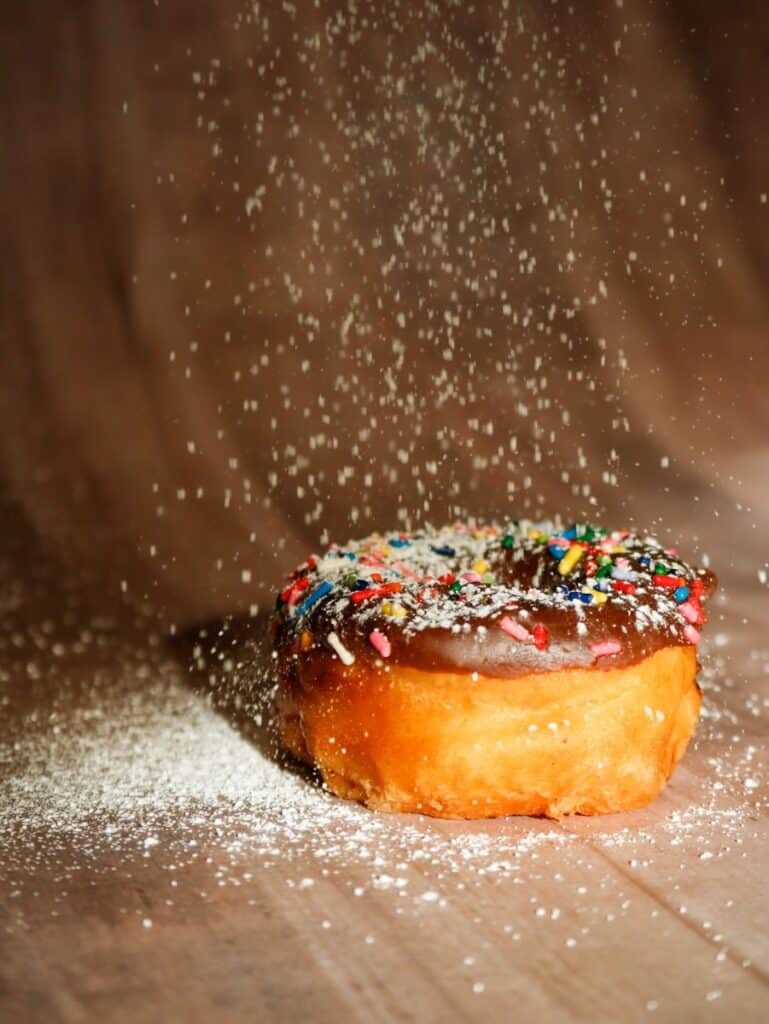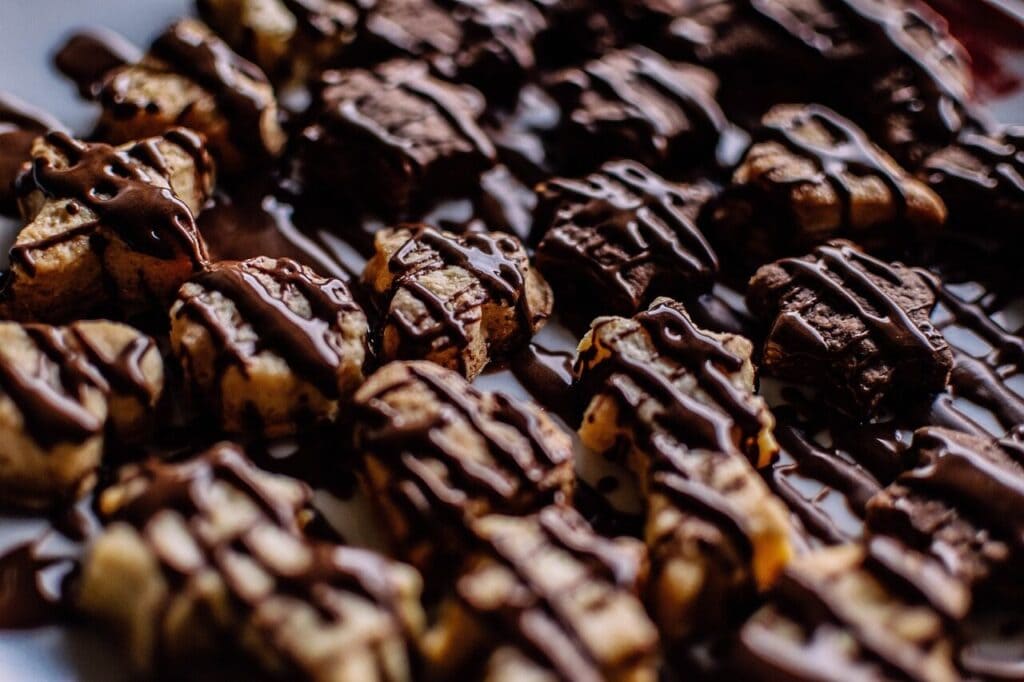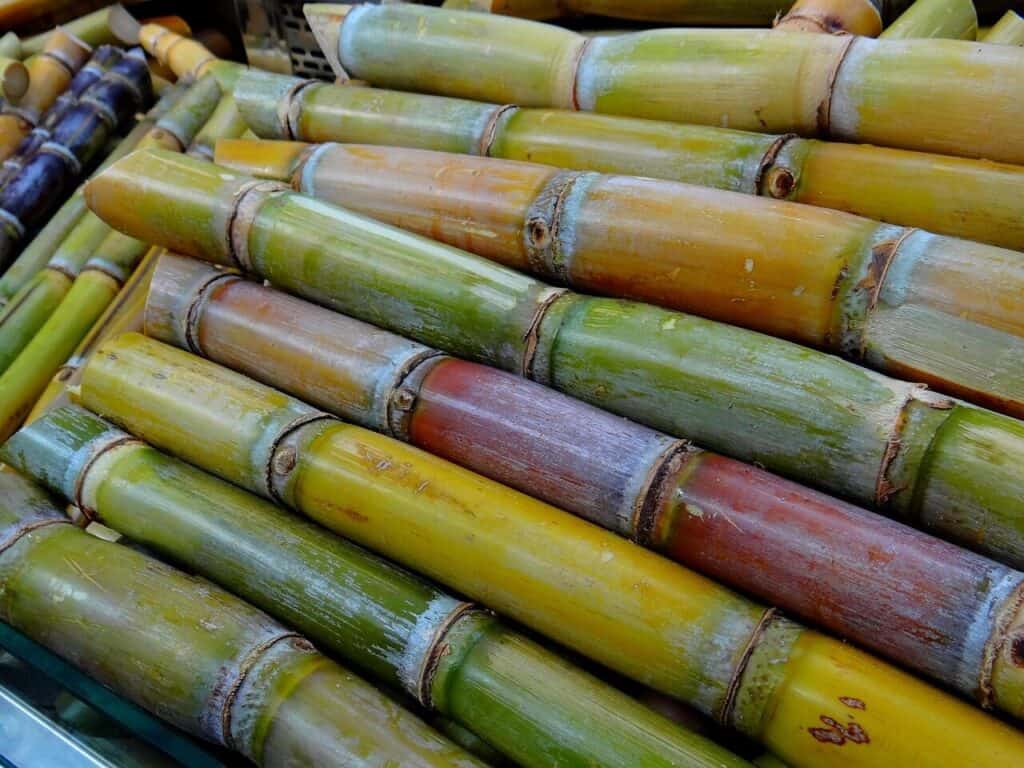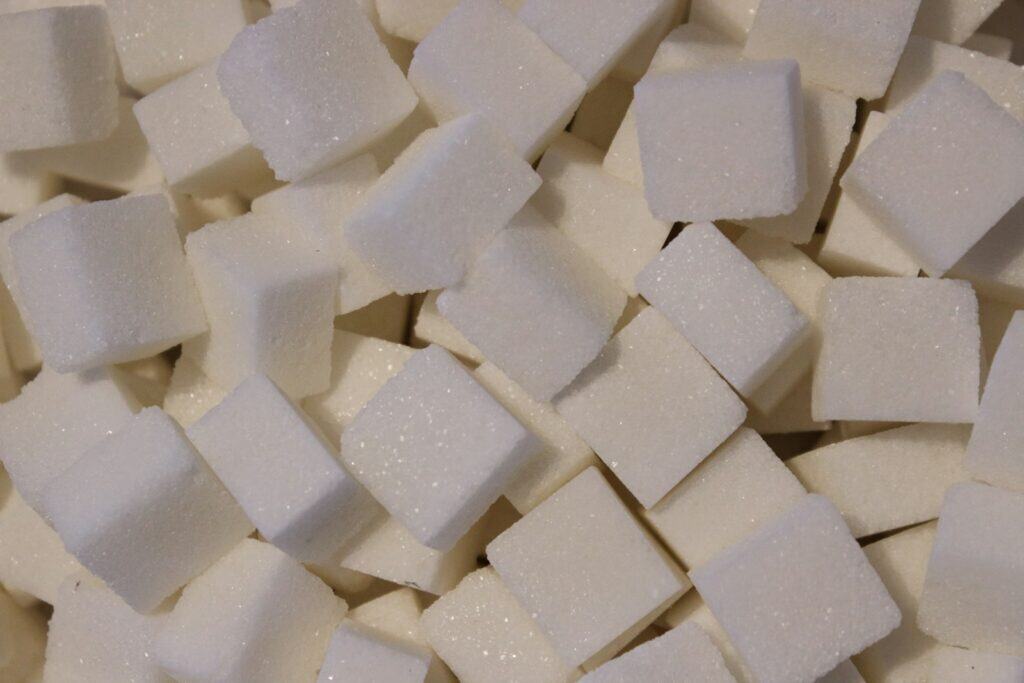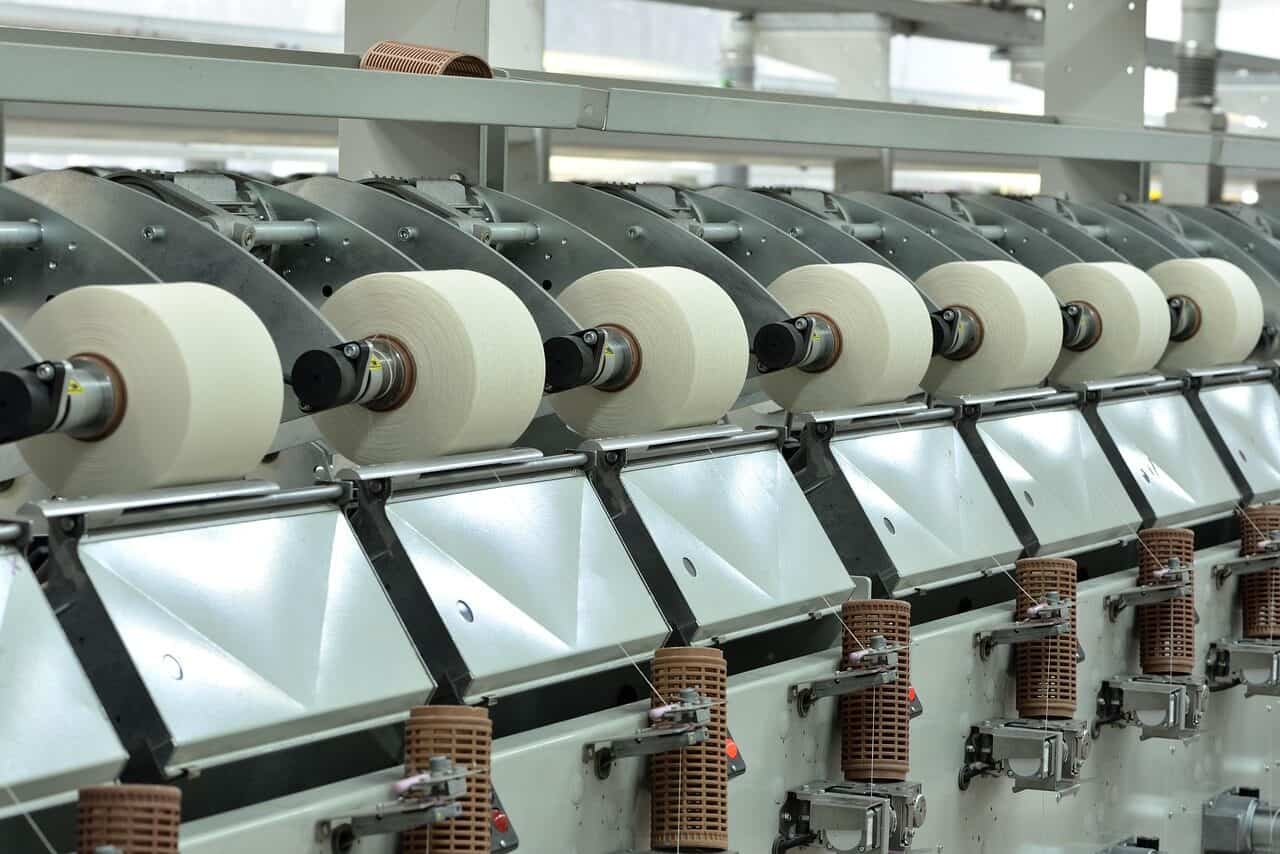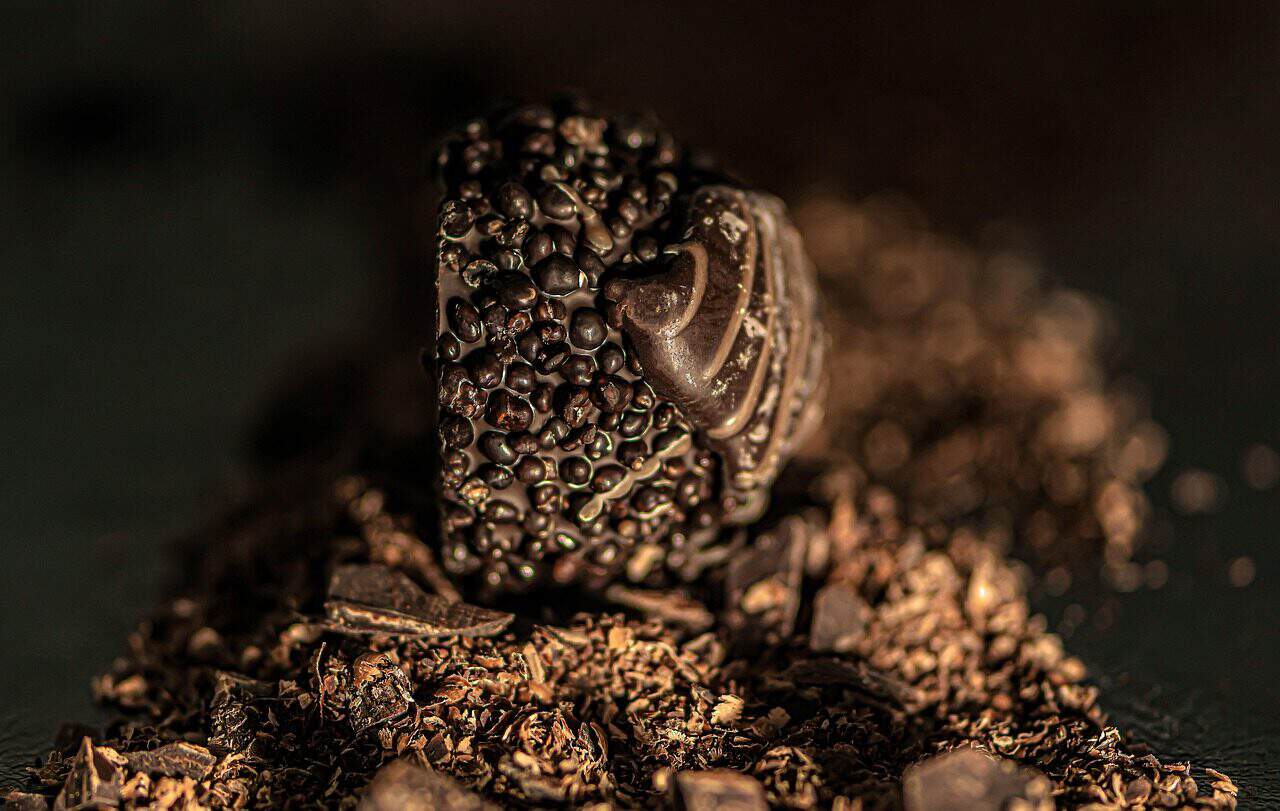Руководство для профессионалов по тестированию содержания сахара: Технический анализ методов и принципов
Введение: Роль точности
Точное определение содержания сахара - это не просто академическое занятие. Это фундаментальная основа современной промышленной деятельности. В пищевой промышленности, производстве напитков, фармацевтике и биотопливе точное измерение содержания сахара напрямую связано с важнейшими бизнес-результатами.
Когда измерения идут не так, как надо, это приводит к самым серьезным последствиям. Качество и консистенция продукта сразу же страдают. Изменяются вкусовые характеристики. Меняется текстура. Срок годности сокращается. Небольшое отклонение может превратить первоклассный продукт в неудачную партию.
Точное тестирование также необходимо для соблюдения нормативных требований. Компании должны следовать стандартам маркировки пищевых продуктов. FDA устанавливает особые требования к этикеткам с информацией о питании. Европейское управление по безопасности пищевых продуктов (EFSA) имеет свои собственные правила. Они не являются необязательными. Повышение налогов на сахар в различных регионах добавляет еще одну финансовую причину для правильного подсчета.
На производственных предприятиях анализ сахара контролирует процессы и повышает эффективность. Он контролирует брожение в пивоварении и виноделии. Он оптимизирует конечные точки реакции. Он максимизирует выход продукции. В этой статье представлен подробный технический анализ принципов и методов анализа содержания сахара. Она поможет специалистам принимать обоснованные решения, которые защитят качество, обеспечат соответствие нормам и повысят эффективность.
Основополагающие принципы: Основа измерения
Тесты на содержание сахара измеряют концентрацию сахара, отслеживая определенные физические или химические свойства раствора. Эти свойства изменяются пропорционально количеству растворенного сахара. Понимание этих основных принципов является ключом к выбору и правильному использованию любого метода тестирования.
Физические свойства
Измерения физических свойств часто проводятся быстро. Они лежат в основе наиболее распространенных приборов для тестирования на линии и в полевых условиях.
Коэффициент преломления жидкости характеризует, насколько сильно свет изгибается при попадании в жидкость. Растворенные твердые вещества, в основном сахар, увеличивают это изгибание предсказуемым образом. Этот принцип лежит в основе шкалы Брикса (°Bx). Это широко используемая метрика при определении содержания сахара.
Плотность и удельный вес также напрямую указывают на концентрацию сахара. Когда сахар растворяется в воде, масса раствора на единицу объема увеличивается. Это изменение плотности и измеряют гидрометры. Они дают показания на таких шкалах, как Плато и Бауме.
Химические и спектроскопические свойства
Эти методы используют уникальную химическую природу молекул сахара. Они часто обеспечивают более конкретный и точный анализ.
Сахара вступают в специфические химические реакции. Ферментативные методы используют это преимущество. В них используются ферменты, которые реагируют только с одним типом сахара. Затем продукт реакции можно измерить, часто по изменению цвета, чтобы определить концентрацию целевого сахара.
Хроматографическое разделение - мощный метод анализа сложных смесей. Жидкий образец проходит через колонку, заполненную материалом, называемым стационарной фазой. Различные молекулы сахара, такие как фруктоза, глюкоза и сахароза, по-разному взаимодействуют с этим материалом. В результате они проходят через колонку с разной скоростью и выходят из нее отдельно для индивидуального измерения.
Общие физические методы
Эти методы составляют основу рутинного контроля качества. Они быстрые, простые и относительно недорогие. Они работают путем измерения объемных физических свойств образца.
Рефрактометрия: Сила света
Рефрактометрия измеряет коэффициент преломления образца для определения концентрации растворимых твердых веществ. Это один из наиболее распространенных методов определения содержания сахара.
Как портативные аналоговые, так и лабораторные рефрактометры Аббе работают по принципу критического угла полного внутреннего отражения. Источник света освещает тонкий слой образца на призме. Детектор или окуляр измеряет угол, при котором свет больше не проходит через образец. Цифровые рефрактометры автоматизируют этот процесс, обеспечивая прямые, объективные показания.
Важнейшей функцией современных цифровых рефрактометров является автоматическая температурная компенсация (ATC). Показатель преломления жидкости сильно зависит от температуры. ATC использует встроенный температурный датчик и алгоритм коррекции для приведения показаний к стандартной температуре, обычно 20°C. Это устраняет основной источник ошибок.
Наиболее распространенной шкалой является шкала Брикса (°Bx). По определению, 1 градус Брикса равен 1 грамму сахарозы в 100 граммах раствора сахарозы/воды. Хотя технически измеряются все растворимые твердые вещества, сахар является доминирующим компонентом во многих продуктах, таких как соки и безалкогольные напитки. Таким образом, Брикс является отличным показателем содержания сахара.
Категория продукта | Типичный диапазон брикса (°Bx) | Основные сахара | Примечания по измерению |
Фруктовые соки (например, яблочный, апельсиновый) | 10 – 15 | Фруктоза, глюкоза, сахароза | Представляет собой общее количество растворимых твердых веществ (TSS), а не только сахар. |
Безалкогольные напитки | 9 – 14 | Сахароза, HFCS | Высокая стабильность; ключевой параметр контроля качества. |
Винный виноград (при сборе урожая) | 19 – 25 | Глюкоза, фруктоза | Очень важен для прогнозирования потенциального содержания алкоголя. |
Мед | 70 – 88 | Фруктоза, глюкоза | Высокая вязкость требует осторожного обращения с образцами. |
Варенье и желе | 65 – 70 | Сахароза, фруктоза, глюкоза | Необходим для обеспечения желирующих свойств и консервации. |
Гидрометрия: Измерение плотности
Гидрометрия - это классический метод измерения плотности или удельного веса жидкости для определения содержания сахара. Он основан на принципе плавучести Архимеда.
Гидрометр - это взвешенный стеклянный поплавок с калиброванным стержнем. Помещенный в жидкость, он тонет до тех пор, пока не вытеснит жидкость массой, равной его собственному весу. В более густой жидкости, содержащей больше сахара, гидрометр плавает выше. Показания снимаются там, где поверхность жидкости пересекает шкалу на штоке гидрометра.
Распространены несколько шкал, каждая из которых предназначена для конкретных отраслей промышленности. Шкала Платона (°P) распространена в пивоварении. Она измеряет концентрацию экстракта, в основном сахаров, в сусле. Шкала Бауме (°Bé) часто используется в виноделии и более широкой сахарной промышленности.
Гидрометрия имеет существенные ограничения. Для плавучести прибора требуется большой объем пробы, обычно 100-250 мл. Более того, она чрезвычайно чувствительна к температуре, которая влияет на плотность жидкости. Точные измерения требуют точного контроля температуры и таблиц температурных поправок. Это делает процесс более медленным и подверженным ошибкам по сравнению с современными цифровыми методами.
Передовые методы анализа
Области применения, требующие высочайшей точности и способности различать различные типы сахара, требуют применения передовых лабораторных методов. Эти методы выходят за рамки свойств сыпучих материалов и анализируют образцы на молекулярном уровне.
Высокоэффективная жидкостная хроматография
Высокоэффективная жидкостная хроматография (ВЭЖХ) - это золотой стандарт анализа сахара. Это инструментальный метод, который физически разделяет, идентифицирует и измеряет отдельные компоненты сахара в сложных смесях.
Система ВЭЖХ состоит из нескольких ключевых компонентов, работающих последовательно.
Мобильная фаза, точно смешанный растворитель, прокачивается через систему. Для анализа сахара это часто ацетонитрил и вода, смешанные вместе.
Насос высокого давления обеспечивает постоянный, беспульсационный поток подвижной фазы через систему. Это очень важно для получения воспроизводимых результатов.
Инжектор вводит небольшой, точный объем образца в поток подвижной фазы без прерывания потока.
Колонка - это сердце системы. Это трубка, заполненная неподвижной фазой, обычно частицами кремнезема со связанными химическими группами. Для определения сахаров часто используются колонки на основе аминов. Когда образец проходит через колонку, различные сахара в разной степени взаимодействуют с неподвижной фазой, что приводит к разделению.
Детектор в конце колонки определяет компоненты на выходе. Для анализа сахара чаще всего используется детектор по показателю преломления (RID). Он чувствителен к любому соединению, которое изменяет коэффициент преломления подвижной фазы. Также может использоваться детектор испарительного светорассеяния (ELSD), который обладает более высокой чувствительностью и не подвержен влиянию изменений в растворителе.
На выходе получается хроматограмма - график, отображающий реакцию детектора с течением времени. Каждый отделенный сахар образует пик. Площадь под каждым пиком пропорциональна его концентрации. Сравнивая эти пики с известными стандартными растворами, ВЭЖХ позволяет получить высокоточные концентрации отдельных сахаров, таких как глюкоза, фруктоза, сахароза и мальтоза, за один анализ.
Ферментативные методы
Ферментативные методы предлагают мощное сочетание высокой точности и специфичности. В них используются ферменты, катализирующие реакции только с одним конкретным типом сахара, даже в смесях, содержащих множество других.
Принцип работы элегантен. В образец вводится фермент, например глюкозооксидаза. Он реагирует исключительно со своим целевым сахаром, в данном случае глюкозой. В результате реакции образуется вторичное соединение, часто перекись водорода.
Затем второй фермент вступает в реакцию с этим вторичным соединением в присутствии хромогена - бесцветного химического вещества. В результате этой реакции образуется окрашенное соединение. Интенсивность окраски, которая прямо пропорциональна исходной концентрации целевого сахара, измеряется с помощью спектрофотометра по поглощению света при определенной длине волны.
Основными преимуществами этого метода являются исключительная точность и специфичность. Если вам нужно проверить заявление о "нулевом содержании глюкозы" на продукте, содержащем фруктозу и сахарозу, ферментативный анализ - идеальный вариант. Хотя один тест измеряет только один сахар, существуют наборы для определения широкого спектра сахаров, включая D-глюкозу, D-фруктозу, сахарозу и лактозу.
Сравнительный технический анализ
Ни один метод определения содержания сахара не является универсальным. Оптимальный выбор зависит от конкретного применения, баланса между точностью, скоростью, стоимостью и специфичностью. Выбор правильного инструмента требует четкого понимания этих компромиссов.
Данный сравнительный анализ обеспечивает основу для принятия такого решения. В нем сравниваются четыре основных метода по важнейшим эксплуатационным и техническим параметрам.
Параметр | Цифровой рефрактометр | Гидрометр | Ферментативный анализ | ВЭЖХ |
Принцип | Показатель преломления | Плотность / плавучесть | Специфическая ферментная реакция | Хроматографическое разделение |
Меры | Общее количество растворимых твердых веществ (°Bx) | Удельный вес (°P, °Bé) | Специфический сахар (например, глюкоза) | Индивидуальные сахара |
Точность | Хорошо (например, ±0,1 °Bx) | Справедливо (±1,0 °P) | Очень высокий | Превосходно (Золотой стандарт) |
Точность | Высокий | Низкий | Высокий | Очень высокий |
Стоимость (инструмент) | От низкого до среднего | Очень низкий | Среда (спектрофотометр) | Очень высокий |
Стоимость (за образец) | Очень низкий | Очень низкий | Высокий | Высокий |
Скорость | Очень быстро (<1 минуты) | Медленный (требует стабилизации температуры) | Средний (30-60 минут) | Медленно (30-90 минут на пробежку) |
Простота использования | Очень легко | Умеренно легко | Требуются навыки работы в лаборатории | Требуется оператор-эксперт |
Лучшее для | Использование в полевых условиях, контроль процесса, быстрый контроль качества | Пивоварение, виноделие (брожение) | Исследования и разработки, конкретные требования к сахару | Исследования и разработки, нормативные документы, сложные смеси |
Анализ ключевых компромиссов показывает четкие пути принятия решений для различных профессиональных сценариев.
Для быстрых проверок на производственных линиях или контроля качества поступающего сырья, например концентрата фруктового сока, идеально подходит цифровой рефрактометр. Его скорость, простота использования и низкая стоимость одного образца не имеют себе равных.
Для домашних пивоваров или небольших виноделов, следящих за брожением, гидрометр остается жизнеспособным и недорогим. Пользователи должны внимательно относиться к объему образца и температурной коррекции.
Для проверки конкретных заявлений о питании, таких как "низкий уровень глюкозы" или количественное определение лактозы в молочных продуктах "без лактозы", ферментативный анализ часто является наиболее экономически эффективным методом, позволяющим достичь требуемой специфичности и точности.
При разработке новых продуктов, анализе сложных профилей сахара, например, в меде или кукурузном сиропе с высоким содержанием фруктозы, а также при разрешении споров и предоставлении точных нормативных данных ВЭЖХ является необходимым и неоспоримым золотым стандартом.
Лучшие практики и устранение неполадок
За годы работы в лабораториях мы выяснили, что большинство неточных показаний связано не с неисправным оборудованием, а с предотвратимыми ошибками при подготовке и обработке проб. Овладение этими основами - ключ к получению достоверных данных.
Золотые правила подготовки
Строгое соблюдение протоколов подготовки образцов необходимо для точного определения содержания сахара.
Гомогенизация необходима. Для любого образца, содержащего мякоть, осадок или другие твердые частицы, например фруктового пюре или нефильтрованного сока, необходимо обеспечить тщательное перемешивание для получения однородной жидкости. Может потребоваться блендер с высокой скоростью вращения.
Дегазация очень важна для газированных образцов. Растворенный CO2 образует пузырьки на оптических поверхностях и резко снижает плотность жидкости. Это приводит к ложным низким показаниям как в рефрактометрии, так и в гидрометрии. Для эффективной дегазации переливайте образец из одной мензурки в другую или используйте кратковременную обработку ультразвуковой баней.
Необходимо добиться температурного равновесия. Все физические методы измерения чувствительны к температуре. Для гидрометрии или рефрактометрии без АТС образец, прибор и окружающая среда должны иметь стабильную, известную температуру. Часто достаточно дать образцу посидеть на лабораторном столе в течение 20-30 минут.
Может потребоваться фильтрация. Взвешенные твердые частицы, белки и жиры могут рассеивать свет и мешать оптическим измерениям рефрактометров и спектрофотометров. Пропуская образец через простой шприцевой фильтр (например, 0,45 мкм), можно получить прозрачный фильтрат, устраняющий эти помехи и повышающий точность измерений.
Общие проблемы и решения

Даже при тщательной подготовке могут возникнуть проблемы. Понимание того, как диагностировать и решать распространенные проблемы, отличает квалифицированного техника.
Выпуск | Потенциальная причина (причины) | Затронутый метод(ы) | Решение(я) |
Непоследовательные / дрейфующие показания | 1. Прибор не откалиброван. <br> 2. Колебания температуры. <br> 3. Грязная призма/гидрометр. | Рефрактометр, гидрометр | 1. Проведите калибровку с помощью дистиллированной воды или стандартного раствора. <br> 2. Дайте образцу/прибору стабилизироваться. <br> 3. Тщательно очищайте прибор перед каждым использованием. |
Показания кажутся слишком высокими | 1. Присутствие других растворимых твердых веществ (кислот, солей). <br> 2. Взвешенные частицы в образце. | Рефрактометр, гидрометр | 1. Используйте поправочный коэффициент или перейдите на особый метод, например ВЭЖХ. <br> 2. Отфильтруйте образец перед измерением. |
Показания кажутся слишком низкими | 1. Проба не перемешана должным образом (сахар осел). <br> 2. Пузырьки воздуха в газированном образце. | Все методы | 1. Тщательно гомогенизируйте образец. <br> 2. Перед тестированием полностью дегазируйте образец. |
Отсутствие пика или плохое разделение в ВЭЖХ | 1. Неправильная подвижная фаза. <br> 2. Разрушение колонки. <br> 3. Проблема с детектором. | ВЭЖХ | 1. Приготовьте свежую подвижную фазу и дегазируйте. <br> 2. Промойте или замените колонку. <br> 3. Проверьте лампу детектора и настройки. |
Заключение: От данных к решению
Точное определение содержания сахара - краеугольный камень современного контроля качества, оптимизации процессов и разработки продуктов. Это дисциплина, где точность имеет значение. Она влияет на все - от вкуса и нормативной маркировки до эффективности производства.
Выбор метода - это фундаментальный компромисс. Вы можете выбрать скорость и удобство физических методов, таких как рефрактометрия. А можно выбрать специфичность и предельную точность передовых методов, таких как ВЭЖХ и ферментативные анализы.
Глубокое техническое понимание принципов, лежащих в основе каждого метода, не просто академично. Это необходимая основа для выбора правильного инструмента для работы, получения достоверных данных и принятия обоснованных, уверенных решений в профессиональной среде. На основе полученных данных принимается правильное решение.

